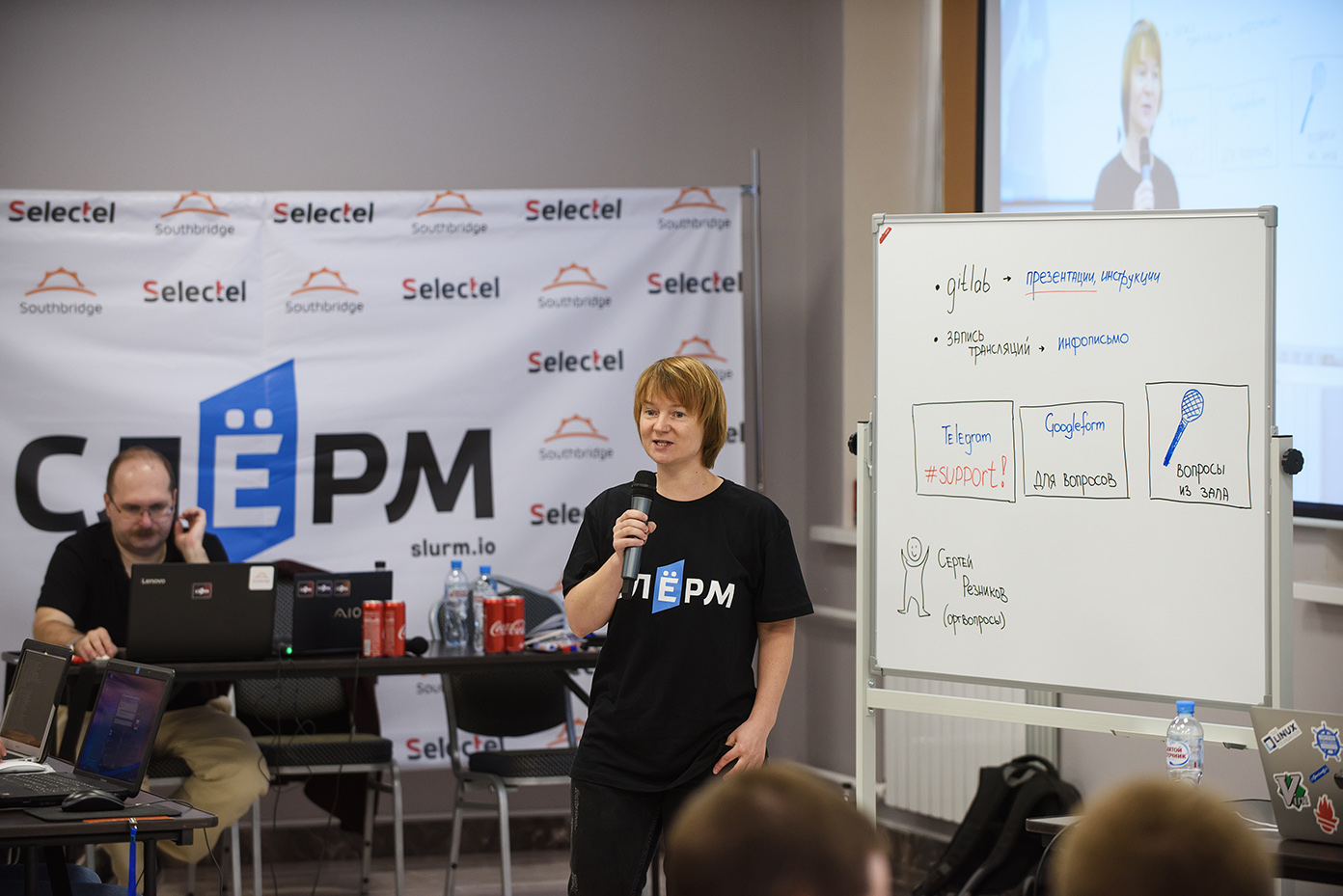Slurm DevOps: why we will not discuss the philosophy of DevOps and what will happen instead
Today in Southbridge turquoise management was discussed in a meeting.
There were those who suggested moving from top to bottom, from idea to practice. Like, let's introduce the philosophy of turquoise management: find a standard, make a decision on how roles should be divided, how communication should be built, and begin to move in this direction.
There were those (including myself) who wanted to move from bottom to top, from practice to idea. We have specific tasks and specific problems. Let's solve them, relying on turquoise tools, and turquoise management will take shape by itself.
If we compare management with development, then the way from top to bottom is to create a monolith, and the way from bottom to top is a microservice architecture. Now, in our "microservice" management, we can rebuild the management circuit twice a day and immediately "roll it out into production."
And the Slurm DevOps program is designed for those who prefer to move from bottom to top.

We will not discuss the DevOps philosophy. Not because it is meaningless, or we do not know it, or we do not like holivars (and we do not love). It’s just that the DevOps philosophy crystallizes in every architect and engineer of DevOps over the years of practice, and not in 3 days of intense.
We will discuss specific tools. What can be implemented right away, without philosophical conversations and managerial restructuring, at the level of everyday work. Write instructions for team work with Git. Write a playbook for server deployment. Set up a log collector.
As a result, it will become easier and easier, a basis will appear on which you can build your DevOps.
To go beyond Southbridge practices, we invited outside speakers on some topics.
Artyom Galonsky, Service Station Bureau Bureau
In commercial development 12+ years.
Timlid / Head of Development since 2011.
Technical Director since 2016.
Together with students, we will consider ways to automate the deployment of applications that were used before. We will discuss the modern construction of pipelines and some common tools. We will go through in detail the tools and features of GitLab CI / CD. I built up a practice on my topics (Introduction to Automation and Working with Gitlab) so that students can feel how and for what modern CI / CD methods are applied. Theory will be the objectively necessary minimum.
Alexey Stepanenko, Selectel Cloud Platform Engineer
He is engaged in infrastructure tasks for servicing the OpenStack cloud: monitoring, CI / CD and configuration management.
First, we will talk about models and methods of infrastructure management (how the programming approaches came to administration), get acquainted in practice with HashiCorp's DevOps tools (Packer and Terraform) for declarative infrastructure management.
Upon completion of the block, you can describe your infrastructure, automate the creation of test and production environments, scale your application, and build a High Availability solution using a load balancer.
Eduard Medvedev, CTO at Tungsten Labs (Germany)
He worked as an engineer at StackStorm, was responsible for the ChatOps functionality of the platform. Developed and implemented ChatOps in the automation of data centers. Speaker at Russian and international conferences.
On Slurme, I’ll talk about how to make communication within the DevOps team and interaction with the CI / CD pipeline more effective using two-way integration with chat bots.
Ivan Kruglov, Principal Developer at Booking.com
Since joining Booking.com in 2013, he has worked on such infrastructure projects as distributed delivery and message processing, BigData and web-stack, search.
Now he is engaged in issues of building an internal cloud and Service Mesh.
In the last part of Slerm we will get acquainted with the basic ideological and organizational concepts of SRE, consider the practice of their application on living examples from my experience. In addition, we will consider the technical side of SRE, namely, what techniques can be used to make the service more reliable.
At the end of the course, I will try to answer two important questions:
- What gives SRE to an administrator or programmer?
- Why does the business or product owner need to implement SRE?
So this Slurm DevOps will be unique: if we repeat the program, then it will be in a different composition.
For the attentive, there is still a 15% discount on the habrapost promo code.
About the Slurm DevOps program - here .
Registration: https://slurm.io/devops
All Articles